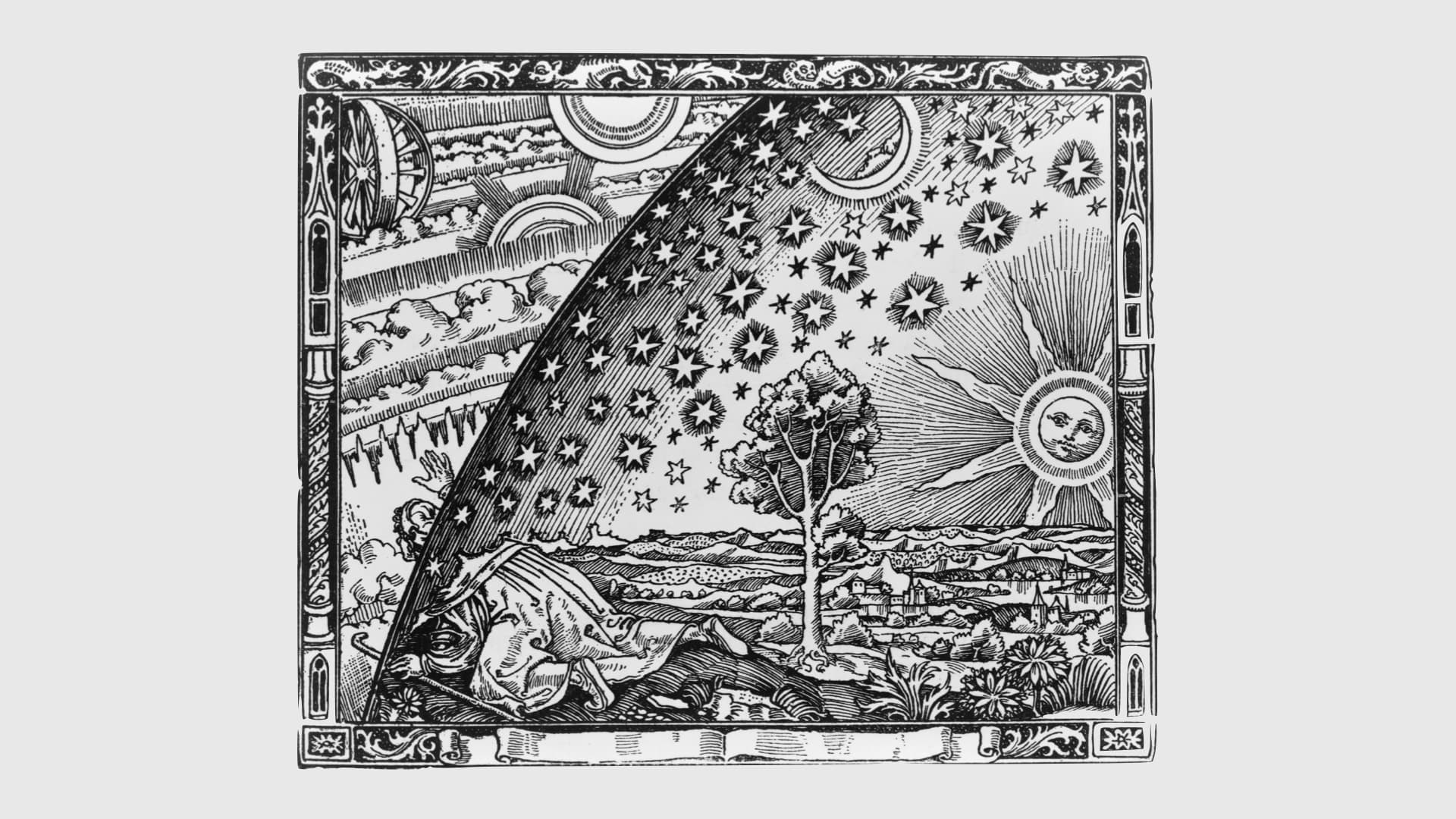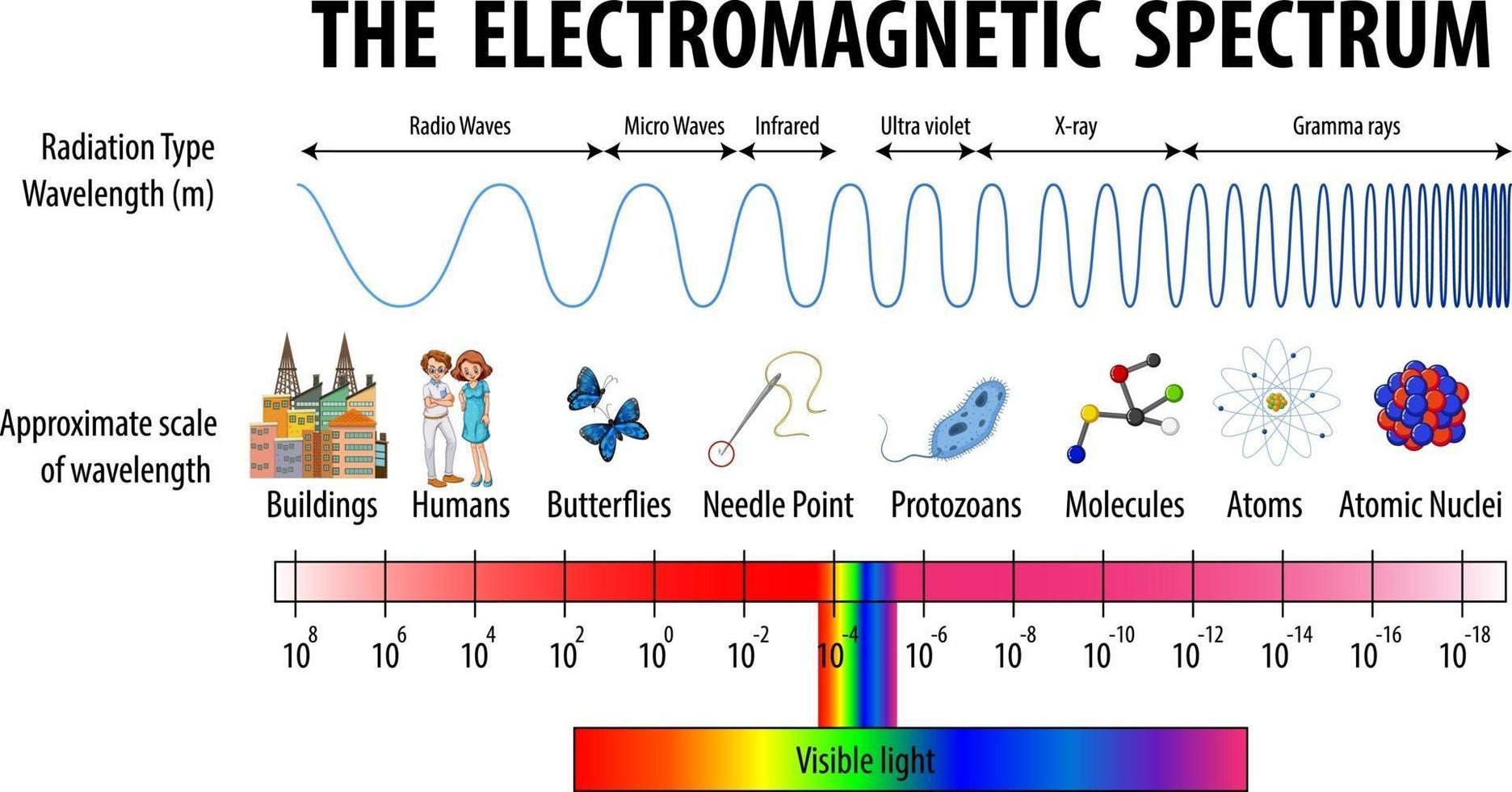Ultimate reality

The so called “Flammarion engraving” is a famous woodcut illustration that first appeared in Camille Flammarion’s book “L’atmosphère: météorologie populaire” (The Atmosphere: Popular Meteorology) in 1888. The illustration depicts a medieval scholar, often interpreted as Flammarion himself, reaching through the outermost celestial sphere to observe the mysteries beyond.
A naïve missionary of the Middle Ages even tells us that, in one of his voyages in search of the terrestrial paradise, he reached the horizon where the earth and the heavens met, and that he discovered a certain point where they were not joined together, and where, by stooping his shoulders, he passed under the roof of the heavens.
This engraving has become an iconic representation of the human quest for knowledge and the exploration of the unknown. It’s often used in discussions about the limits of human understanding, the pursuit of truth, and the idea that there are realms of knowledge yet to be discovered.
The engraving has also been adopted in various contexts, including popular culture, where it’s sometimes used to represent themes of curiosity, exploration, and the search for deeper meaning.
Before tearing the fabric of reality let’s see how much we know about it. Our main sensory organ — the brain is not giving us a complete picture. We are always confined withing our senses and understanding.
Our sensory organs (eyes, ears, nose, skin, and tongue) can only detect a certain range of stimuli. We see only a range of colors within the electromagnetic spectrum, hear a certain range of frequencies, and so on.

Our brains process sensory information and make assumptions based on prior experiences. This leads to misinterpretations and illusions. And we miss out on details of events happening outside our attention.
Reality is a web of intricate systems and phenomena. Everything is interlinked in ways we can scarcely imagine.
It is a constant flow, making it impossible to pin down. Our senses and cognition can’t fully capture the depth and breadth of reality. At the subatomic level, particles defy our usual understanding of existence. The universe likely extends far beyond what our senses can fathom.
Perspectives vary, each individual experiences and interprets reality uniquely. Concepts like time dilation and quantum entanglement defy logic as we know it. Our sensory perception is limited, we’re seeing only a fraction of a vast landscape. Recognizing the vastness of what we don’t know is a mark of wisdom.
Our perception provides us with a subjective, filtered version of reality. It’s a constructed representation that allows us to navigate and interact with the world, but it’s not an exhaustive view of objective reality.
Everything we experience come through three lenses:
- Sensory: This is our senses, shaping how we perceive the world around us.
- Socio-cultural: This lens is created from our environment. It is the cultural and historical context in which we live.
- Individual: This lens is unique to each person. It is their personal history, experiences, and perspective.
The ultimate reality is inconceivable. We are experiencing only a tiny sliver of it. And to pack what’s going in our heads, we are telling ourselves stories about who we are and what we do.
